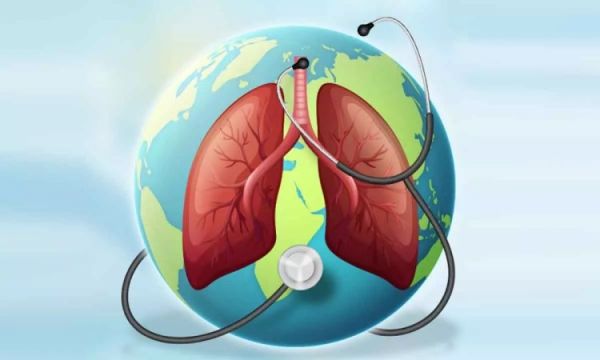In the field of infectious illnesses, tuberculosis (TB) is a dangerous foe that has afflicted people for ages. TB is still a serious worldwide health concern, especially in low- and middle-income nations, despite tremendous advances in medical technology. The purpose of this editorial is to provide insight into the present situation of tuberculosis, the difficulties in fighting it, and the actions required to eradicate it.

Mycobacterium tuberculosis, the bacteria that causes tuberculosis, mostly affects the lungs but may also affect other regions of the body. It is very infectious and spreads via the air when an infected person coughs, sneezes, or speaks. The World Health Organization (WHO) reports that tuberculosis (TB) is the largest cause of mortality from a single infectious agent, exceeding even HIV/AIDS, and is among the top 10 causes of death globally.
The development of antibiotic resistance is one of the most concerning features of tuberculosis. Both extensively drug-resistant TB (XDR-TB) and multidrug-resistant TB (MDR-TB) pose serious risks to public health. These types of tuberculosis are far more difficult and costly to cure since they do not respond to the usual treatment plans. The overuse and abuse of antibiotics, together with insufficient or inappropriate treatment regimens, are major contributors to the development of drug-resistant TB.
Some areas have a disproportionately high TB burden, especially in Southeast Asia and sub-Saharan Africa. The high prevalence of TB in these regions is caused by a number of factors, including HIV infection, poverty, and malnutrition. It is challenging to deliver appropriate TB treatment and control measures in many low-income countries due to overcrowded and under-resourced healthcare systems.
The battle against tuberculosis has advanced significantly in spite of these obstacles. Launched in 2014, the WHO’s End TB Strategy seeks to decrease TB mortality by 90% and new cases by 80% by 2030 when compared to 2015 levels. This ambitious strategy emphasizes bold policies and supporting structures, integrated patient-centered care, and increased research and innovation.
In 2018, the Narendra Modi administration in India set the lofty target of eradicating tuberculosis by 2025, five years before the 2030 Sustainable Development Goals (SDG) deadline. At the One World TB Summit in Varanasi five years later, the prime minister reaffirmed that India was on track to eradicate tuberculosis. The WHO Global TB Report 2024 states that the incidence of TB was 195 per 1,000,000 people in 2023, compared to 199 the year before. The mortality rate decreased from 23 per one lakh in 2022 to 22 per one million. India must thus step up its war-footed efforts to combat tuberculosis.
It is obvious that more than only advances in medicine are needed to meet the objectives of the End TB Strategy. It calls for an all-encompassing strategy that takes into account the socioeconomic determinants of health. In order to improve living circumstances, lower poverty, and increase access to healthcare, efforts to eradicate tuberculosis must be combined with more general programs. In order to increase public knowledge of TB prevention and treatment, community involvement and education are also essential.
In conclusion, even though tuberculosis is still a difficult problem, there is hope for the future. We can get closer to a world free of tuberculosis with sustained dedication by governments, international organizations, and communities. In order for all TB patients in low- and middle-income nations to get the treatment they need, WHO funding must be increased to close the financing gap. Therefore, the worldwide battle against tuberculosis is far from ended, but we can defeat this old evil if we work together.
Contact to : xlf550402@gmail.com
Copyright © boyuanhulian 2020 - 2023. All Right Reserved.